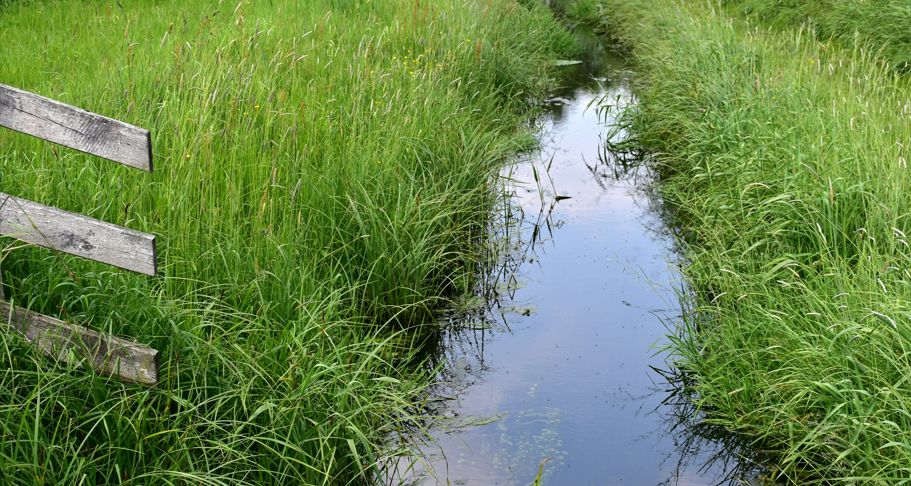Detailed Description of Project
The WaterWise project (Intelligent Water Balance Assessment for Climate Change Adaptation) introduces an advanced, AI-enabled digital platform designed to monitor, forecast, and optimize water resource management under climate stress. By integrating artificial intelligence, IoT technologies, and hydrological modeling, WaterWise dynamically assesses water inputs and outputs—such as rainfall, evapotranspiration, and sectoral consumption—to build real-time water balance profiles for specific regions.
Leveraging environmental datasets, sensor networks, and predictive analytics, the system provides decision-makers with accurate, location-specific insights into water availability, consumption trends, and risk of imbalance. Its architecture supports the simulation of future climate scenarios, enabling proactive resource allocation and timely policy interventions.
A unique feature of WaterWise is its ability to connect real-time environmental monitoring with AI-powered forecasting, creating a responsive decision-support environment for municipalities, utilities, and environmental authorities. The platform contributes to national and local climate resilience strategies by promoting efficient water use, preventing shortages, and protecting vulnerable ecosystems.
Type and Scope of Work Provided
-
Development of an integrated platform combining IoT sensing, AI analytics, and hydrological forecasting for dynamic water balance management.
-
Real-time data acquisition from meteorological and environmental sensors, integrated with historical and satellite datasets.
-
Implementation of machine learning models for forecasting water supply, demand, and future imbalance risks.
-
Design of dashboards and digital tools for public authorities, enabling scenario planning and policy testing.
-
Pilot deployment in selected regions with technical validation, user training, and continuous platform refinement.
WaterWise equips stakeholders with the digital infrastructure and intelligence necessary for informed water governance. Its scalable and modular design supports adaptation across diverse geographic and climate-sensitive areas, aligning with EU priorities for sustainable development and climate adaptation.





